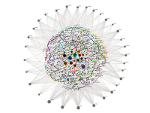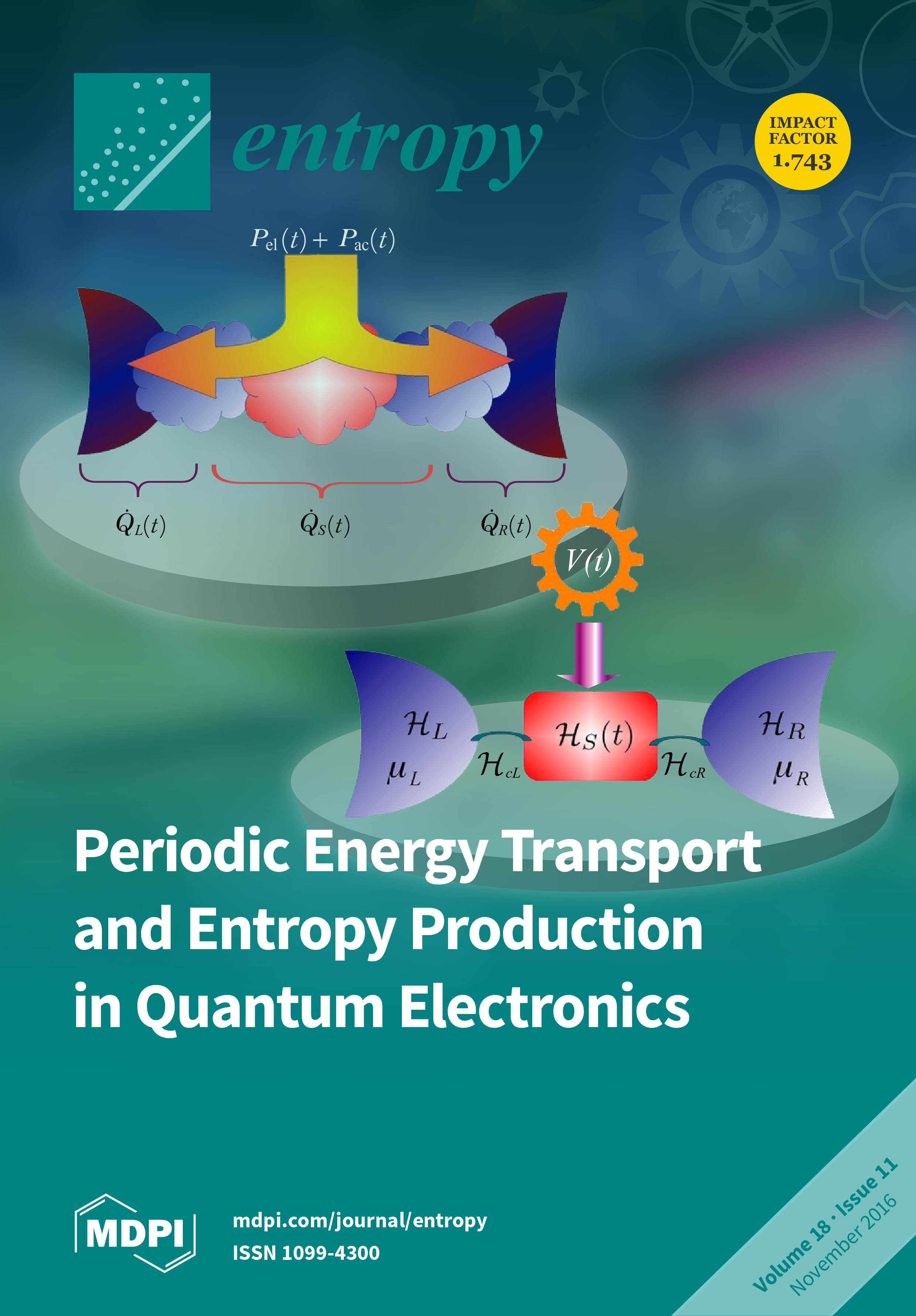 Outreach
Outreach
OUTREACH
The journal Entropy selects an IFISC paper as front page
The rapid progress in the manipulation of small systems at submicron scales has spurred the interest in the field of quantum thermodynamics. The goals of this discipline is the understanding of the fundamentals of thermodynamics in quantum systems typically driven out of equilibrium by means of external fields. Most of the recent literature focuses on static fields and the resulting stationary transport effects. However, there is a growing interest in analyzing the thermodynamic properties of quantum conductors in the presence of time-dependent potentials. In this short review, we discuss from a thermodynamical perspective recent investigations on nonstationary heat and work generated in quantum systems, emphasizing open questions and unsolved issues.
Quantum electronic devices are paradigmatic realizations of open quantum systems. Typically, we can identify in these setups a finite-size piece where a small number of electrons are confined. However, these particles are not isolated. They are in contact with leads, substrates and the electromagnetic environment, which in practice constitute macroscopic thermal and particle reservoirs. We can distinguish two main classes of time-dependent processes in these systems. One of them is related to the transient behavior after a short-time non-equilibrium perturbation, where the main issue is to understand the relaxation and thermalization processes as the system approaches the equilibrium state. The other class is the response to a periodic driving. In this work, we focus on the latter. We present exact equations for the time-resolved energy conversion in a quantum system in contact with AC driving sources and reservoirs at which DC bias voltages are applied. These equations lead to the unambiguous definition of the total heat and production in the full system containing the central driven device, the reservoirs and the contacts between the different parts. These results are independent of the particular method used to evaluate the physical quantities involved. We discuss both the first and the second law of thermodynamics in the limit of small driving frequencies. Finally, we comment on the difficulties of accessing experimentally a reliable test of the time- and spatially-resolved heat transport.
Our review paper is also relevant for different systems: Bose-Einstein condensates, nanoelectromechanical resonators, light-powered biological systems and molecular heat pumps. The study of dynamical energy transport in quantum systems will be a fertile field in the coming years. Read the paper at: http://www.mdpi.com/1099-4300/18/11











